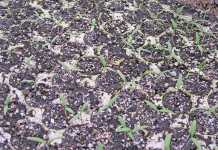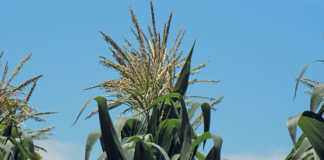What are we doing as humankind to invent ourselves out of tight boxes like these? It turns out we’re doing quite a lot, and I can’t wait to see more of this happening on local soil.
Here are some of the inventions that grabbed my attention when I tried to answer this question:
- Desalination is the most conventional method to fight water scarcity, and it’s already being done successfully in countries such as Israel and the United Arab Emirates, where the Jebel Ali plant can produce up to 2,13 billion litres of water a day from the sea. Industrial desalination’s high levels of energy consumption have so far prevented it from being done on a global scale, but solar energy and a hybrid approach is starting to reduce some of the costs involved.The Western Hemisphere’s first desalination facility will be opening soon in drought-stricken California in the US, and a further 15 desalination plants are in the design or planning phase – clearly a sign of things to come.
- With atmospheric water generation water literally gets generated from thin air. It’s already in SA, thanks to a company known as Water from Air. It basically works as follows: a Water from Air-machine sucks in air and cools it down to a level where condensation develops; this is collected in an ultraviolet bin before going through a filtration process and reverse osmosis. Although this method is unlikely to generate enough water for irrigation purposes, it looks promising for household uses. There are two catches, though: the system requires a humidity level of more than 35% to make water from air and, according to SA Breaking News, the upfront costs vary from between R25 000 (32 litres per day) and R785 000 per unit (1 500 litres per day).
- Another water generation method that sounds like pure alchemy is rain engineering. A company called Rain on Request believes it’s cracked the code to induce rain. According to the company website, a process called ionization, which is generated through emitter towers, can induce rainfall within a 24km radius. The World Meteorological Organization remains sceptical about this method, warning that systems like this should be treated with suspicion.
- Then there’s mOasis hydrogel. It consists of a superabsorbent polymer that soaks up to 250 times its weight in water and then slowly releases it back into the soil. The result is said to be an increase in crop production of up to 25%.











